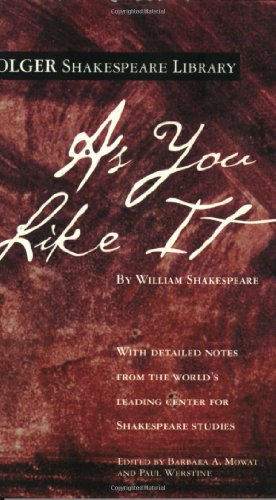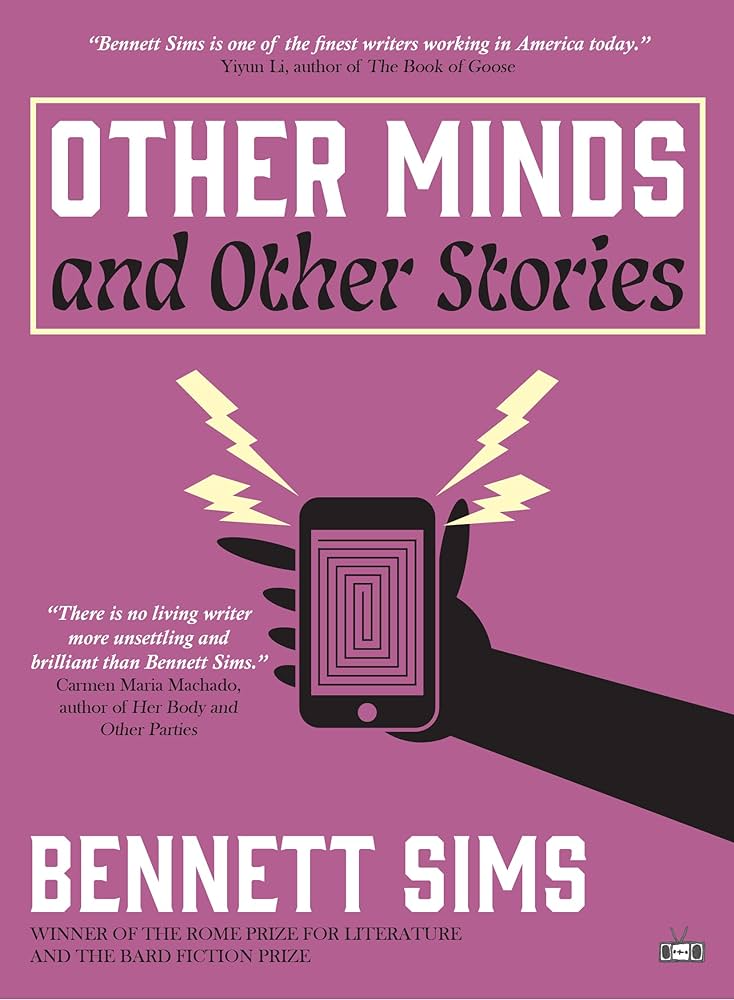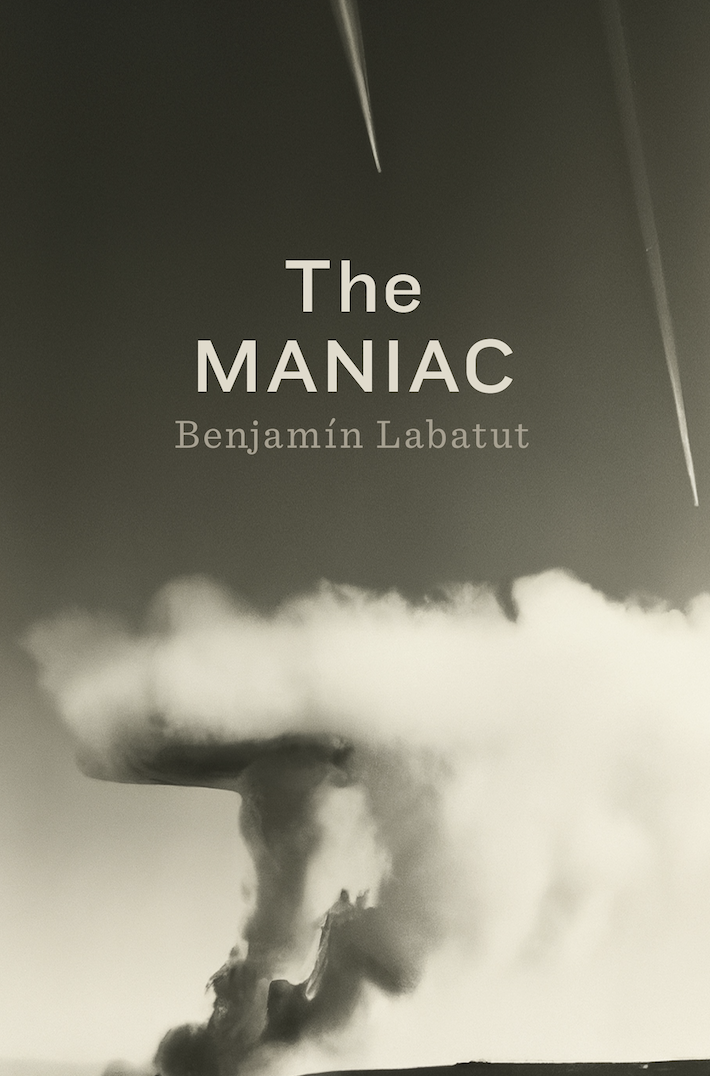
The teacher sits on the edge of his desk, slouching jauntily, maybe with one foot perched on a chair. He’s wearing khakis and a tweed jacket. His tawny hair sweeps back from his forehead. He is One of Us but also so, so much wiser.
“Today,” he announces, “we’re starting a unit on Shakespeare.” The class groans. “Hear me out,” Teacher Dude says. “Shakespeare was a man of the people,” he says. “He’s writing for and about young people just like you.”


 Think Daryl Mitchell’s Mr. Morgan rapping Sonnet 141 to Julia Stiles’s delight in 10 Things I Hate About You. Michael Vartan in Never Been Kissed, drawing parallels between Rosalind in As You Like It and Drew Barrymore’s Josie. Look no further than Lin-Manuel Miranda’s substitute teacher sketch in a recent Saturday Night Live to see the cliché get called out for what it is.
Think Daryl Mitchell’s Mr. Morgan rapping Sonnet 141 to Julia Stiles’s delight in 10 Things I Hate About You. Michael Vartan in Never Been Kissed, drawing parallels between Rosalind in As You Like It and Drew Barrymore’s Josie. Look no further than Lin-Manuel Miranda’s substitute teacher sketch in a recent Saturday Night Live to see the cliché get called out for what it is.
The students in this stereotypical story, of course, will be writing or acting out some scenes from the chosen play, and, inevitably, our young protagonists will learn something about themselves over the course of the assignment.
If this ubiquitous Hollywood English-class scene teaches us anything, it may be an illustration of just how much the plays of Shakespeare — not to mention talking about Shakespeare, making comparisons to Shakespeare, re-examining Shakespeare in another light — has become so ingrained in our folklore. The Bard appears so often in either the foreground or background of our narratives that we hardly notice anymore.
 Part of that storied tradition, the Hogarth Shakespeare Project pairs eight well-known authors with one of the plays. The latest entry, Margaret Atwood’s fun, quirky Tempest adaptation, Hag-Seed, toys with this foregrounding and backgrounding, as well as taking on the literal, figurative, critical, and sociological aspects of the story. Rather than The Tempest Retold it might be more aptly subtitled The Tempest: Engaged.
Part of that storied tradition, the Hogarth Shakespeare Project pairs eight well-known authors with one of the plays. The latest entry, Margaret Atwood’s fun, quirky Tempest adaptation, Hag-Seed, toys with this foregrounding and backgrounding, as well as taking on the literal, figurative, critical, and sociological aspects of the story. Rather than The Tempest Retold it might be more aptly subtitled The Tempest: Engaged.
Set in present-day Ontario, Hag-Seed takes some key motifs from the play — theatre as magic, the island as a prison — and literalizes them, even while acknowledging and pondering the metaphors.
Our protagonist, Felix Phillips, is a theatre director known for his avant-garde takes on Shakespearean classics. Soon after the sudden death of his four-year-old daughter, Miranda, Felix sets out to mount a fantastical version of The Tempest starring himself as Prospero, robed in a cloak made from stuffed animals and wielding a fox-headed walking stick as his wizard’s staff. But before the show opens he is unceremoniously fired by his erstwhile business partner, Tony.
Felix exists in self-imposed exile until he gets a new job, teaching English at a local prison. Going by the pseudonym “Mr. Duke,” he directs the inmates in a different play each spring, teaching them skills like costume design and video editing as well as improving their often woeful literacy rates.
When Felix gets word that Tony and a politician, Sal O’Nally, are coming to the prison to see his latest play, he seizes the chance to stage his long-lost production as well as get revenge for his ousting. Tony and Sal will become prisoners of Felix’s enchantments, even while the inmate-cast is performing the very same story on the prison’s closed-circuit TVs.
From the beginning, the parallels to the original are obvious and noted. Felix, in his role as Artistic Director, is “the cloud-riding enchanter.” Tony is undoubtedly the villainous Antonio who usurps Prospero’s throne and sends him away in a leaky boat. That Felix’s daughter was named Miranda is entirely conscious: “What else would he have named a motherless baby girl with a middle-aged doting father?”
The first book in the Hogarth series, Jeanette Winterson’s The Gap of Time, has a quality of predestination about it. The characters have to follow a path laid out for them hundreds of years ago. Atwood hangs a lampshade on this idea in Hag-Seed. Felix leans into his role as Prospero, literally and figuratively. He lets slip that he’s in on the joke…and barrels ahead with his plot-reenactment anyway.
As Mr. Duke, Felix pitches the plays to his students as stories they can relate to: betrayal, murder, revenge, and comeuppance. He sells The Tempest along those lines, and Atwood follows the same tack, focusing on the character of Prospero and his revenge plot rather than on the story’s fantastical elements. But revenge hardly makes The Tempest unique in the Shakespeare canon. As a reader, I found myself hoping for more of the spirits and magicians and mysterious islands. Perhaps Atwood dismissed such approaches as too obvious.
Instead, we get the sociological angle of teaching Shakespeare in prison, in the context of a play about prisoners. As a metafictional conceit, it’s clever. As a real-world endeavor, it’s admirable. But as drama, it fails to completely connect. Perhaps it’s because none of the numerous characters get as much attention as Felix, and thus are largely reduced to their one or two recognizable characteristics. We don’t get to know them as people. At one point, Tony actually utters the uber-villain line, “You’ll pay for this!”
The title Hag-Seed comes from Felix’s class rule that the students can only swear if they use a word or phrase from the play itself. This results in chapters of playful dialogue full of “poxy” this and “whoreson” that. Perhaps a fun idea in a real-life Shakespeare class, here it comes off a bit gimmicky.
“Hag-Seed,” the term itself, refers to Caliban, the lone native inhabitant of the island, Prospero’s slave. He is the character the inmates relate to most, but for a book named after him, he is left oddly obscured. Neither the idea of Caliban, with all its ripe postcolonial and racial implications, nor the character himself have much impact on Atwood’s story.
The book is fun and readable. There are some delicious turns of phrase — “He would push every envelope, he would twist reality until it twangled” — but it doesn’t necessarily draw new conclusions about its source material. Rather it suggests angles you might not have considered since freshman-year World Lit. Did you know The Tempest used to be performed as an opera? How many different prisons can you find in the text? At times the book feels more like a thought experiment than an immersive novel.
Thanks to its taking place in an actual English class, Hag-Seed becomes the latest entry in that parade of pop-culture English classes with surprisingly literal correlations between the characters’ lives and their reading material. The difference here is that the character whose story most closely aligns with the play is the teacher himself. Felix achieves what he set out to do and learns something about himself along the way. By the time he’s ended his revels, he is free from the thing that was holding him prisoner.











